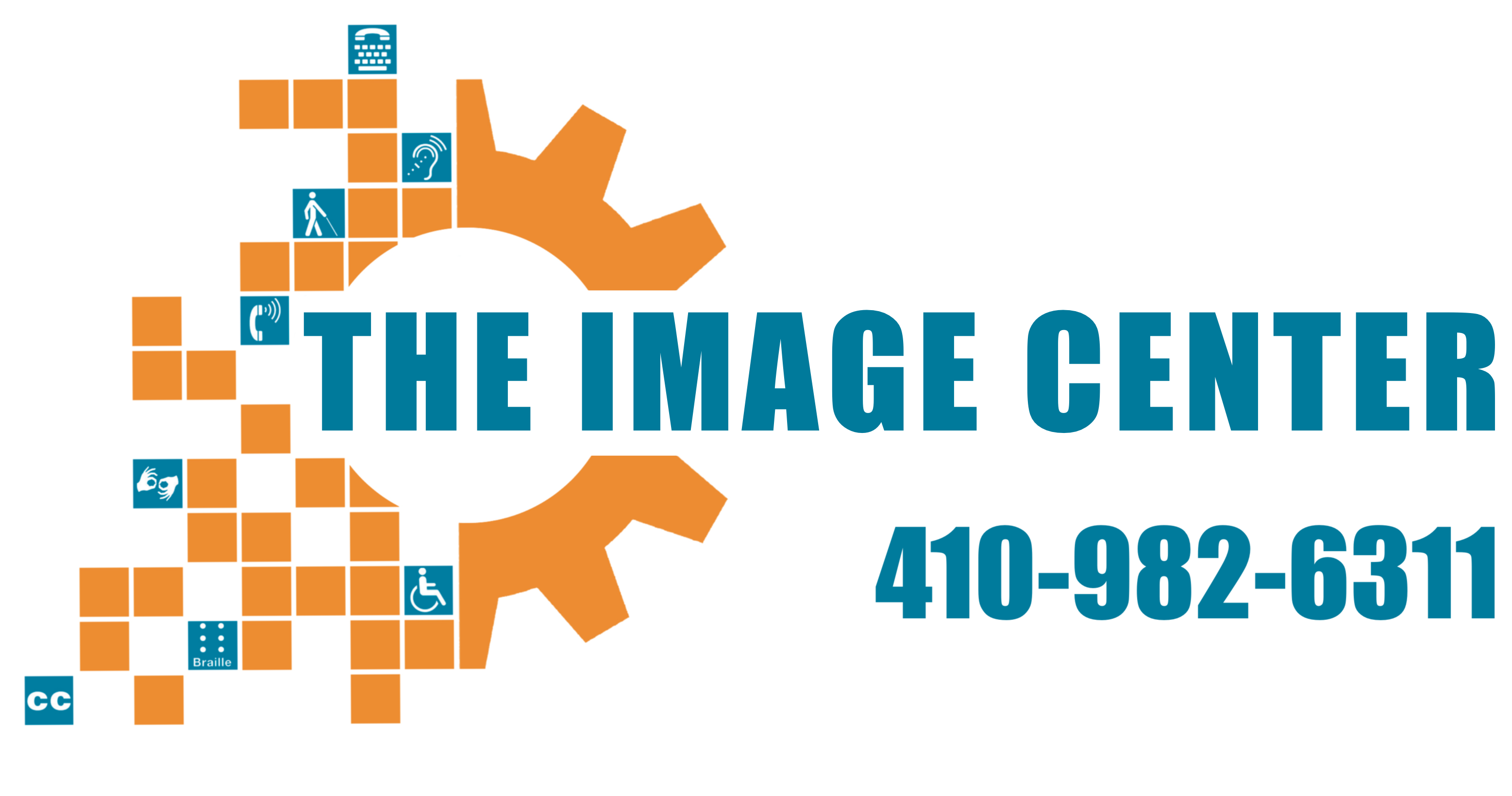PDF documents are widely used in schools and in employment, but all PDFs are not created equal in terms of accessibility for blind/low vision individuals. This week, the Free Bridges Helpdesk explores PDF documents in terms of self-advocacy for accessibility. What are PDFs, and why do we use them? PDF documents are both common and […]
Category: Series: Self-advocacy September 2021
PowerPoint slide presentations can be an exceptionally useful tool. They have been used throughout the education and business community for years, and the shift toward remote and hybrid instruction has accelerated their use in school settings. While PowerPoint documents can be made to be accessible, many are not. This week, we will discuss It seems […]
It seems simple: if information in a document is important, you need to be able to access it. But, sometimes making that happen is not so simple. This week, the Free Bridges Helpdesk explores accessible text documents (like Word) in terms of self-advocacy. What is accessibility? At its core, accessibility is a simple concept: something […]
The Free Bridges Helpdesk kicks off the school season in September with Self-advocacy (don’t you love alliteration?)! Our first Self-advocacy September post focuses on a crucial first step in self-advocacy: Self-Determination. What is self-determination? The term, itself, means making your own decisions—determining what you will do now and in the future. While the term is […]
